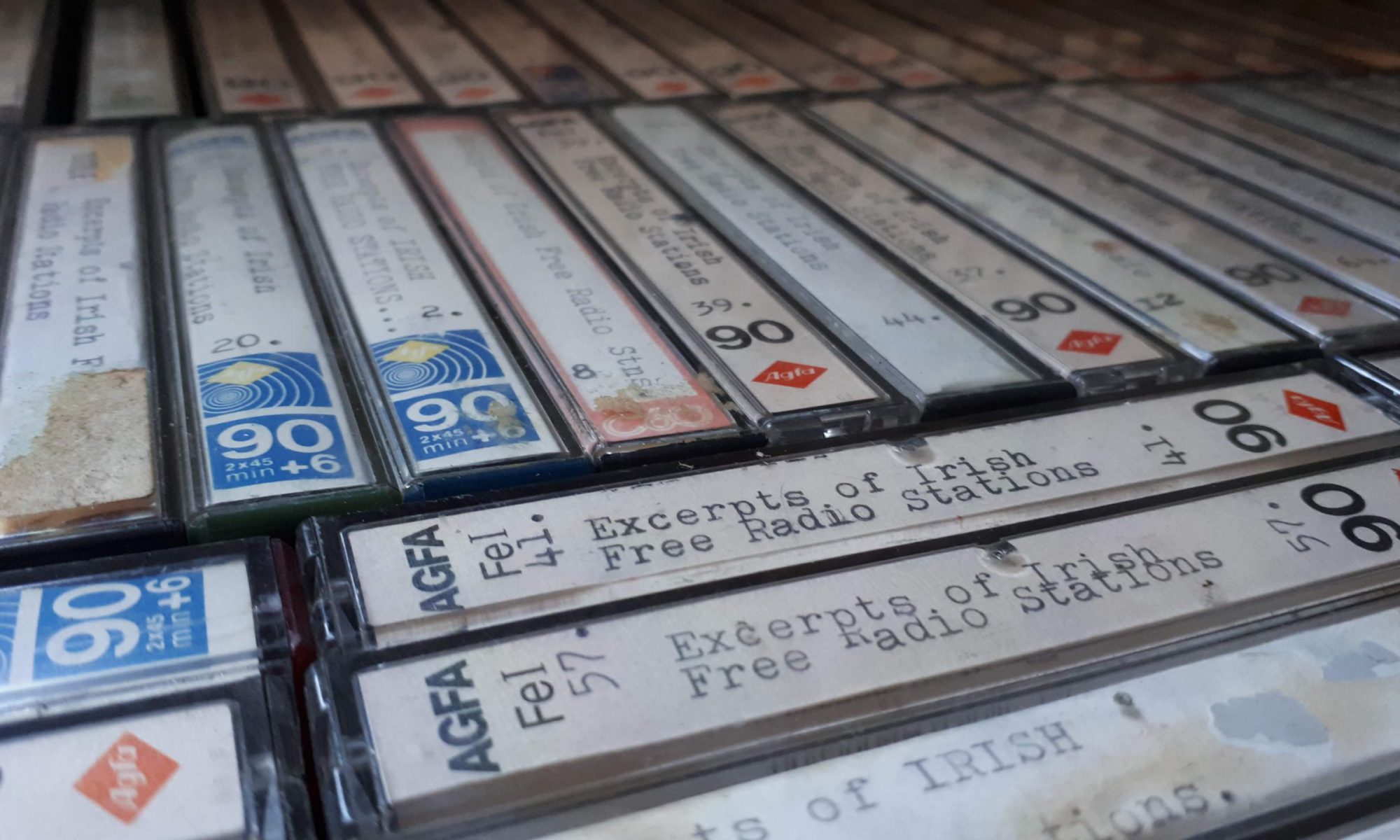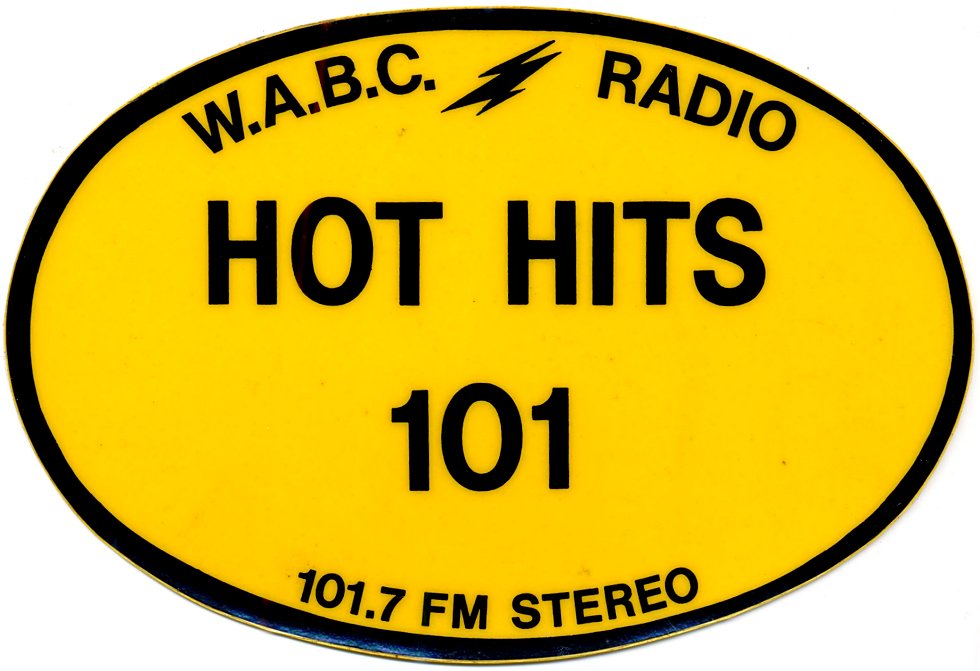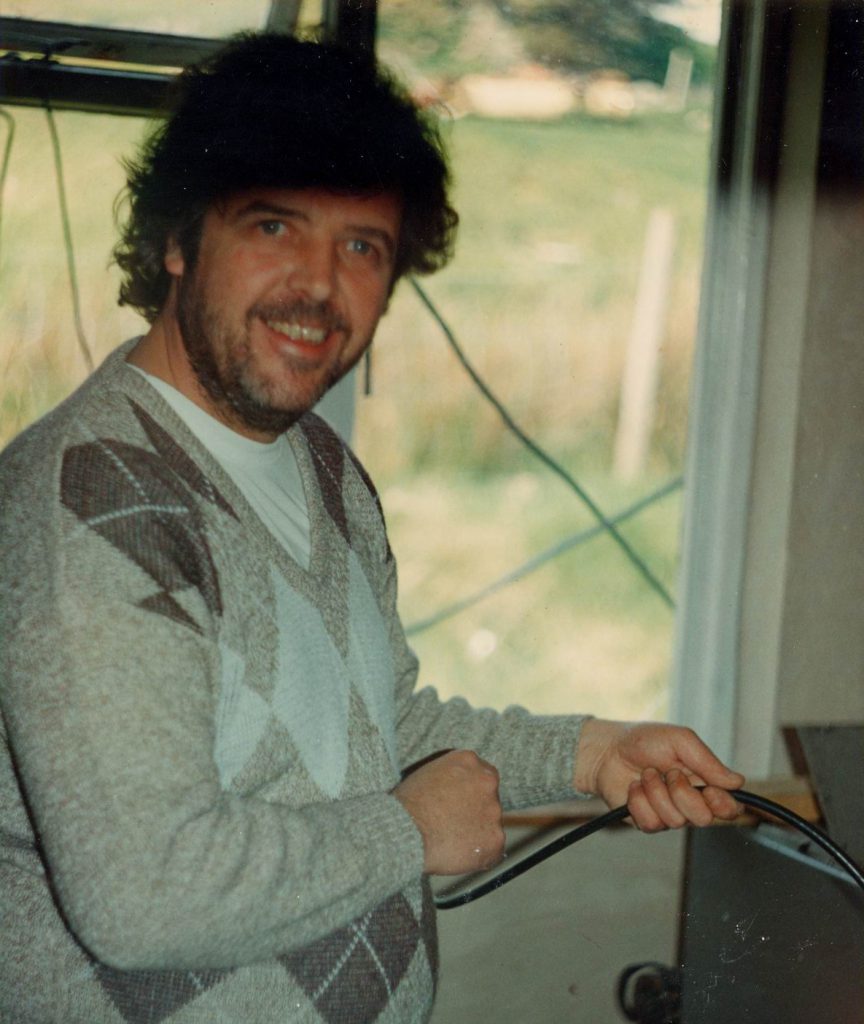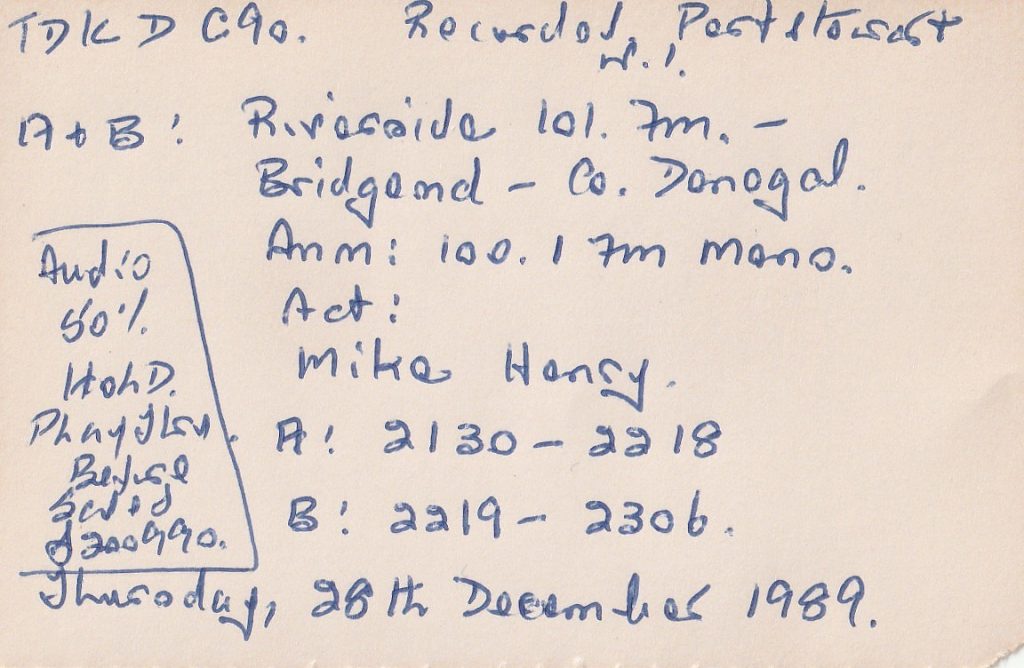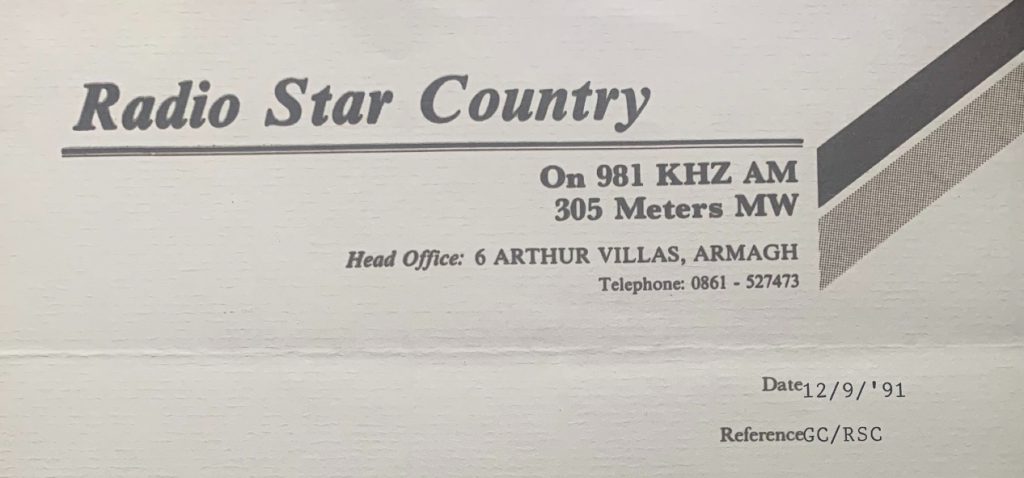Podcast: Play in new window | Download
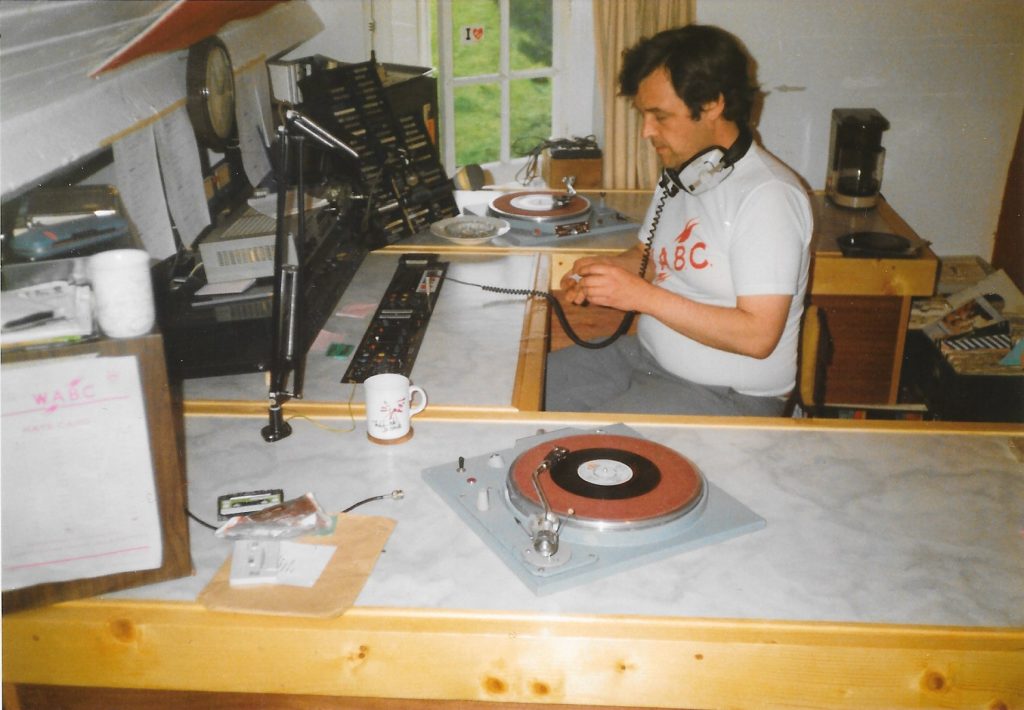
Continuing our series on Donegal pirate WABC, today’s recording is from 1988, the last year of the station’s first period on air before new broadcasting legislation was introduced. On 10th January 1988, WABC was heard on a new frequency of 101.7 FM. The move was due to interference at 107 and the fact that not everyone wanted to tune so high up on the FM dial. Also in January 1988, power on 1242 kHz was noted at about 150w and the studios were said to be in a mobile home about 5 miles from Inishowen Head. The target areas were Derry City, Coleraine and Limavaddy.
On 27th March, Weekly Report noted WABC on 6300 kHz shortwave as well as medium wave and FM. It added: ‘The station seems bright and lively and must be gaining listeners amongst the younger end in Coleraine and surrounds. Some adverts are noted, and plenty of “Laser-type” jingles’. Around this time, the Sunday World newspaper carried a feature about the station and its first road show which was a success. On 10th April 1988, the FM transmitter of WABC on 101.7 was reported to have an output of 900w. The main FM was to be moved from the existing site at the studio at about 230 feet above sea level to a new site about 600 feet above sea level so the new signal would cover a much greater area. Reference was made to a recent setback when a number of items were stolen from the station, including a transmitter. On 24th April, no doubt in response to the new transmitter site, Anoraks UK reported a ‘super signal’ for WABC on FM in Blackpool. On 12th June, it noted that WABC had moved from Garvagh to Greencastle where their new studios were located. It also reported a new FM transmitter for Derry City on 100.8 and Moville and the Donegal coast on 99.8. Both MW and SW were off air at the time due to a lack of valves.
Our recording was made on a drizzly summer morning and features the end of the Breakfast Club with Paul Bentley (Paul Barnett, RIP), followed by Krissi. There are plenty of tagliners and station idents and adverts for businesses in Co. Antrim. The tape was made on 7th July 1988 from 101.7 FM between 1019-1105 and is kindly donated by Ian Biggar.
